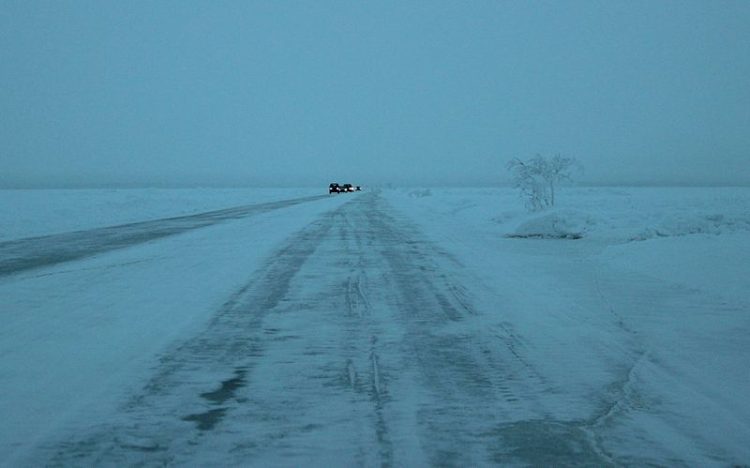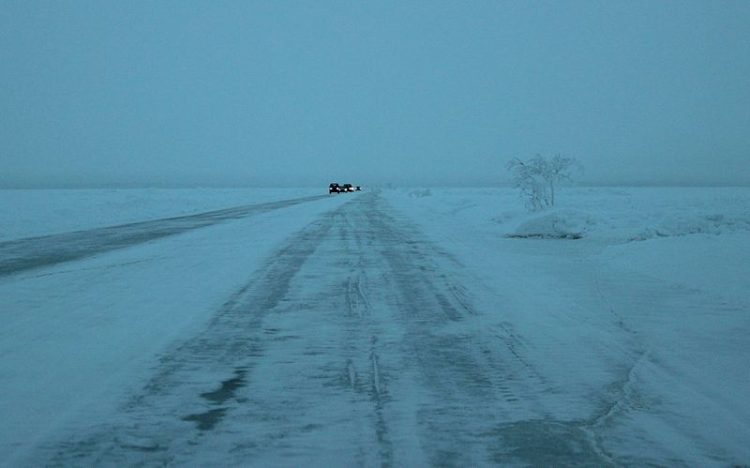Estonia is home to the longest official ice road in Europe, a 25-km-long stretch of frozen ice along the country’s coast, where it’s illegal to wear a seatbelt and drive at medium speed.
It might seem a bit bizarre to be covering a topic like ice roads in the middle of a particularly hot month of August, but it’s a slow day, so we write ’em as we find ’em. Today we’re talking about the longest ice road in Europe, a frozen stretch of the Baltic Sea connecting the Estonian coastline to the island of Hiiumaa. Driving on this particular ice road in winter is said to be an “unforgettable experience,” but if you plan on adding it to your bucket list, you should know it has some rather unconventional driving rules. You can’t drive here after sunset, and wearing a seatbelt is illegal, as is driving at speeds between 25 and 40km/h (16-25mph).

Photo: Estormiz/Wikimedia Commons
Traveling on ice is part of Estonian culture. Teutonic knights did it on horseback on their way to the isles in the 13th Century, villagers have been using the thick ice to bring in supplies from the mainland, and even wild animals like bears, moose and wolves used it to travel to and from islands in search of food. To this day, it remains a cheaper and more convenient way to get around, at least compared to paying for a ferry ride.
In winter, when the ice becomes thick and hard enough, it’s not uncommon to see hundreds of vehicles driving on Europe’s longest ice road every day. They must all abide by the road’s unique rules, though. First of all, you have to drive at speeds of under 25kph, or over 40kph, as driving at speeds within that range for too long can allegedly crack the ice. The tires and the motion of the car apparently create vibrations similar to the bow wave of a ship, and carrying on for too long makes the wave strong enough to crack the ice and send drivers to a watery grave.

Photo: Andrea Pokrzywinski/Flickr
Some say that the vibrations warning is nothing but a myth, but no one has the courage to challenge it. After all, if it turns out to be real, the risk of drowning or dying from hypothermia is very real, so what’s the point?
Seatbelts are mandatory across most of Europe’s road network, but not on the longest of Estonia’s six official ice roads. In fact, it’s illegal to wear one, as in case of the ice cracking, you might need to exit the car as quickly as possible.
It is also forbidden to stop a vehicle on the ice road, as is driving after sunset. Cars must maintain a minimum distance of at least 250 meters (820 feet) between them, and enter the ice road at intervals of at least three minutes.
For more unique roads, check out Mexico’s Cumbres de Acultzingo or Acultzingo Heights, and the winding Pamir Plateau Sky Road.













